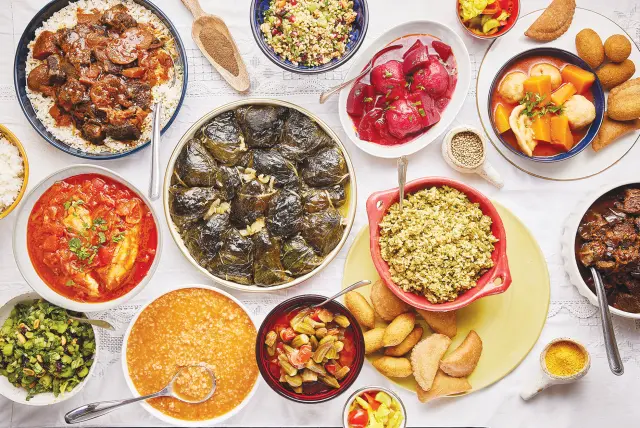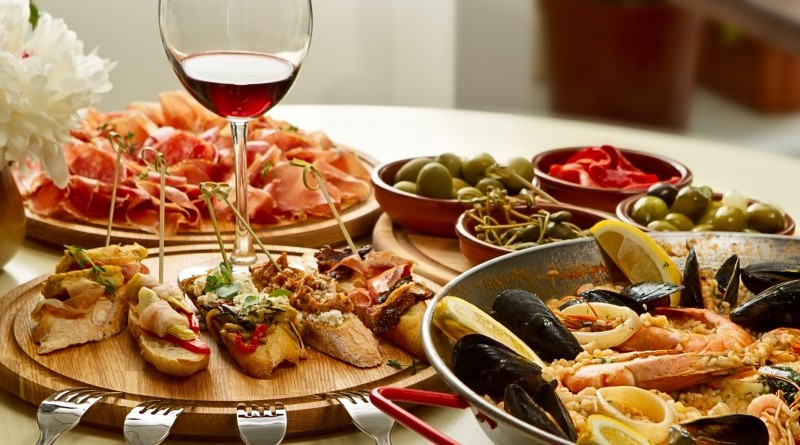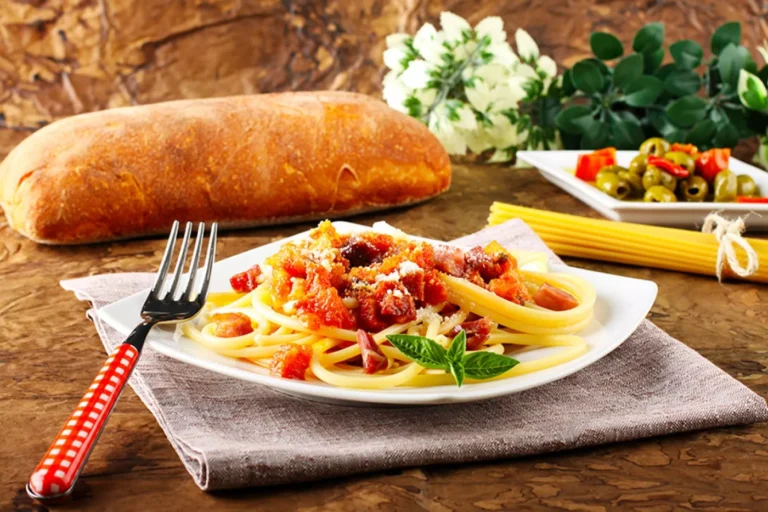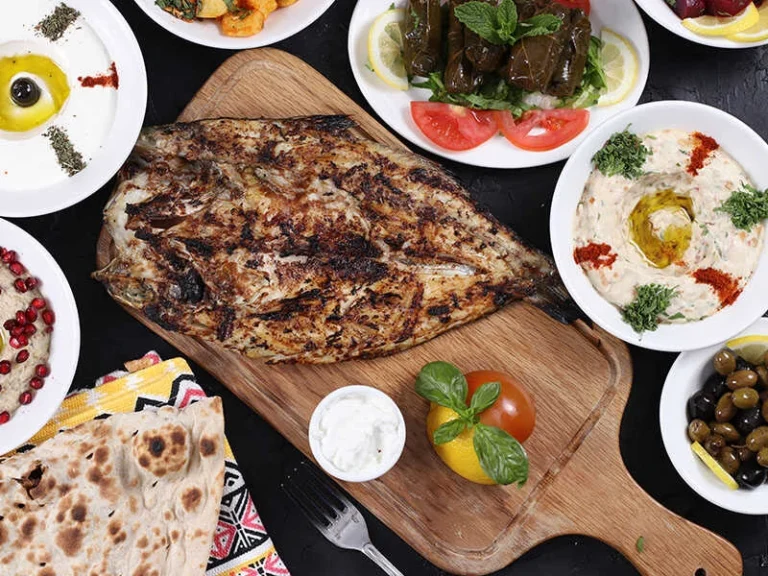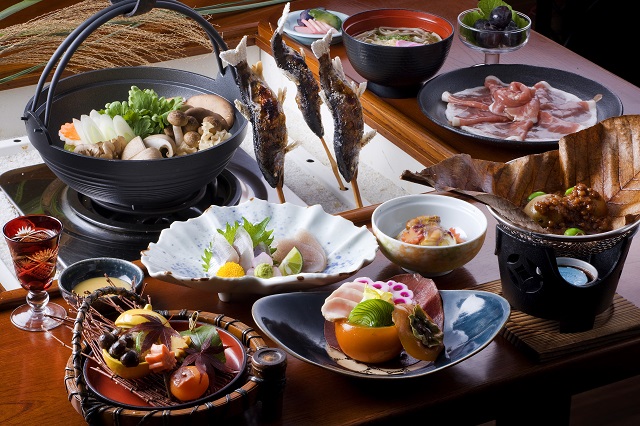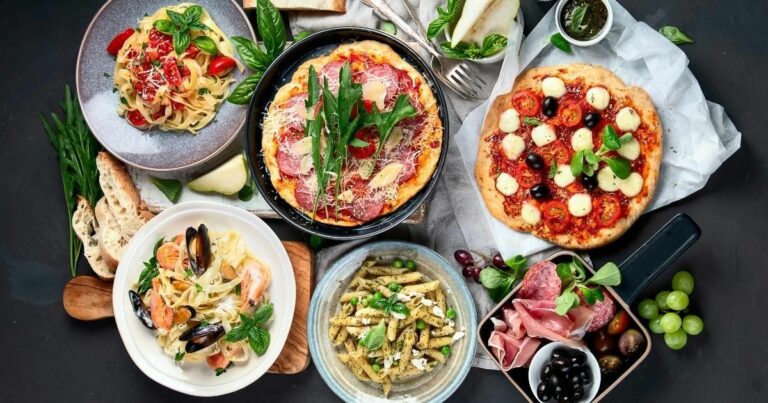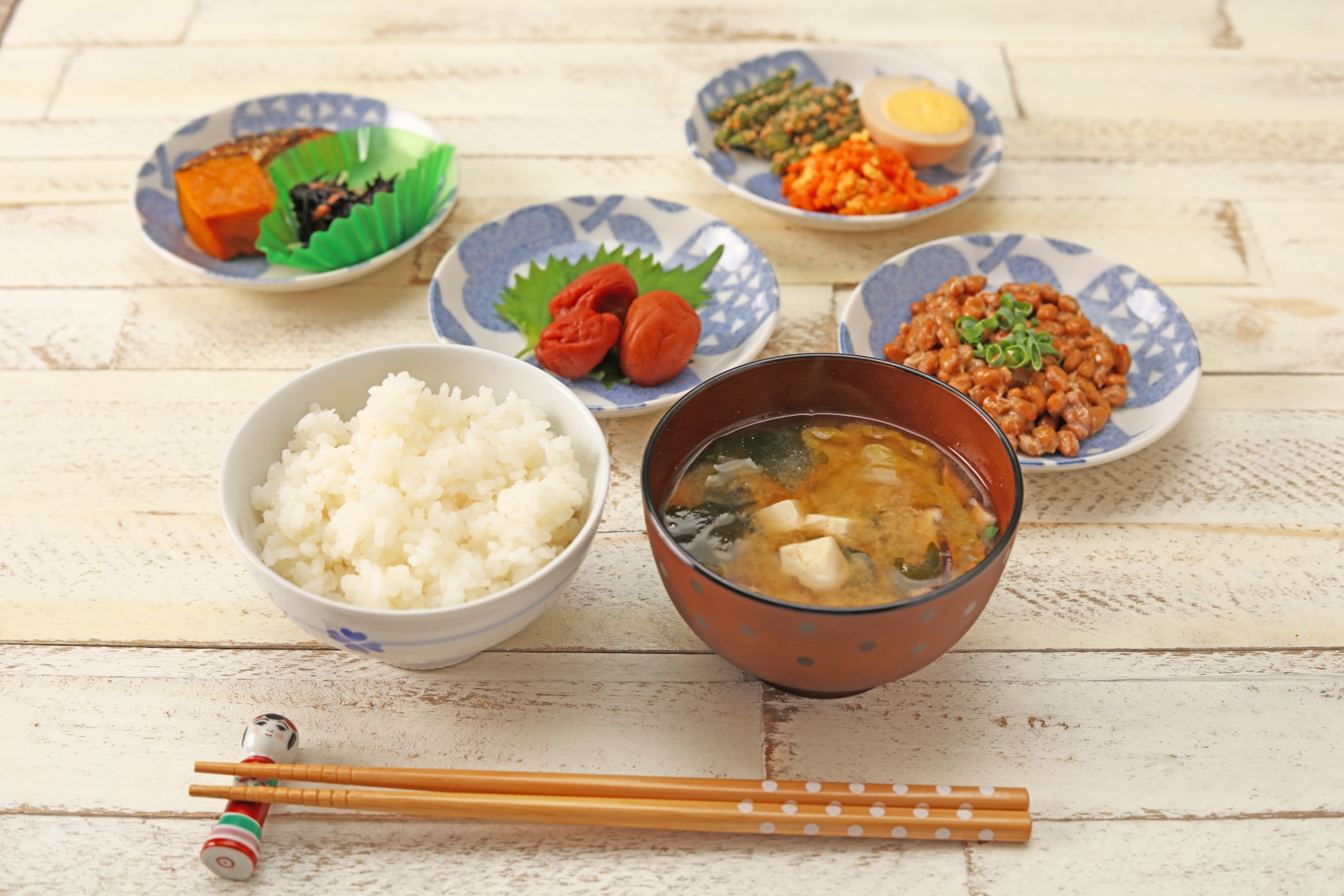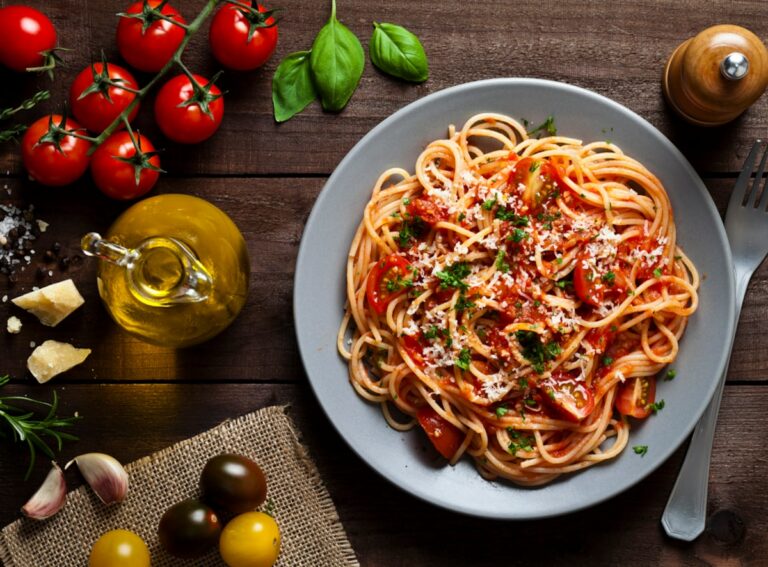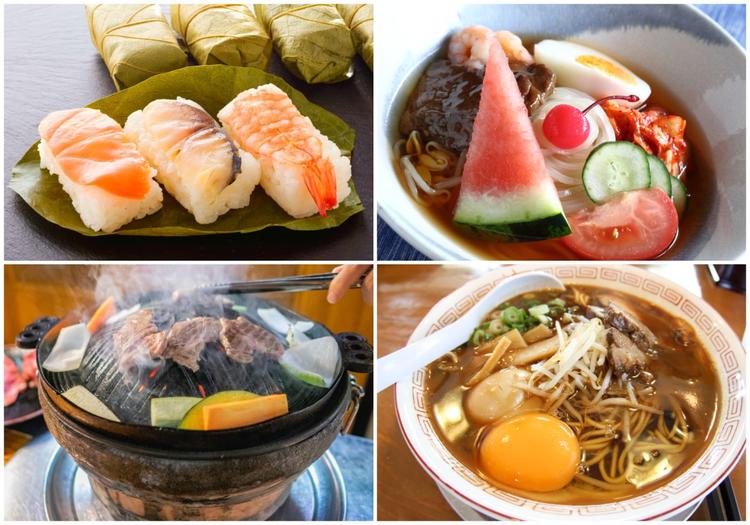Introduction: Exploring Iraqi Cuisine
Iraqi cuisine is a fusion of diverse cultural influences that have shaped the region’s culinary traditions over centuries. The country’s rich history, which includes the rise and fall of various empires and the influx of migrants, has contributed to the diversity of Iraqi cuisine. The land of Mesopotamia, which is located between the Tigris and Euphrates rivers, has been a hub of culinary exchange and experimentation. Iraqi cuisine has a unique blend of flavors, aromas, and textures, making it one of the most diverse and exciting cuisines in the Middle East.
The Kurdish Presence in Iraq
Kurdish people are one of the largest ethnic groups in Iraq, accounting for around 15% of the country’s population. The Kurdish region in Iraq is located in the northern part of the country, and it has a different history and culture from the rest of Iraq. The Kurdish people have their own distinct language, traditions, and cuisine, which have influenced the wider Iraqi culinary scene.
Kurdish Influence on Iraqi Cuisine
The Kurdish culture has had a significant impact on Iraqi cuisine. Kurdish cuisine is known for its use of aromatic spices, fresh herbs, and bold flavors, which have been incorporated into Iraqi dishes. Kurdish culinary techniques, such as grilling, steaming, and baking, have also influenced Iraqi cuisine. Kurdish cuisine is also famous for its vegetarian and meat-based dishes, which have become popular in Iraq.
Key Kurdish-Inspired Iraqi Dishes
Some of the most popular Kurdish-inspired Iraqi dishes include Dolma, which is a dish made of stuffed vegetables, such as eggplant, zucchini, and tomato. Another popular dish is Kebab, which is a meat-based dish that is grilled or roasted. Pacha, a traditional Kurdish soup made from sheep’s head, is also a popular dish in Iraq. Other Kurdish-inspired dishes include Sambousak, which is a pastry filled with potatoes, onions, and meat, and Tepsi Baytinijan, a layered baked eggplant dish.
Regional Variations in Kurdish-Influenced Iraqi Cuisine
The Kurdish-inspired Iraqi cuisine varies regionally, depending on the availability of ingredients and local culinary traditions. The northern region of Iraq, which is predominantly Kurdish, has a more pronounced Kurdish influence on its cuisine. The southern and central regions of Iraq, which are predominantly Arab, have a different culinary tradition, but they have also been influenced by Kurdish culture.
Conclusion: Celebrating Iraqi-Kurdish Culinary Heritage
Iraqi cuisine is a testament to the country’s rich cultural heritage. The Kurdish influence on Iraqi cuisine has added a unique flavor and character to the dishes, making them popular not only in Iraq but also around the world. The fusion of Kurdish and Arabic culinary traditions has created a diverse and exciting culinary landscape, which deserves to be celebrated. The Iraqi-Kurdish culinary heritage is a source of pride and a testament to the country’s rich cultural diversity.

